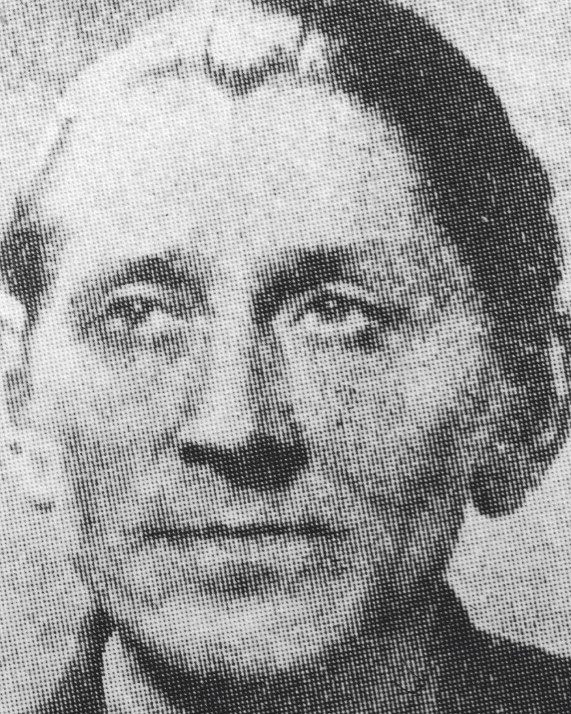François Zdenek EBERL
January 2, 2019Willy EISENSCHITZ
January 2, 2019Eugène EBICHE
LUBLIN (POLAND) 1896 – WARSAW 1987
Eugene Ebiche was born into a wealthy family. In 1912, he studied at the School of Fine Arts in Krakow with Jacek Malczewski and Wojciech Weiss. He finished his studies in 1920 and started to exhibit at the Palace of Arts in Krakow. Although his first paintings presented some similarities with the work of Formist artists, Ebiche did not join the group. He was first and foremost a colorist; he gradually depicted his subjects less and less clearly and painted more blurry shapes.
In 1922, backed by the Academy of Fine Arts in Krakow, he left for Paris and received a scholarship from the French government. He settled in Montparnasse and struck up a friendship with a group of Polish artists. He also made friends with writers Francis Ponge and Roger Martin du Gard. The latter drew his inspiration from Ebiche when he composed one of the characters in his novel Les Thibault. His works presented at the 1925 Salon d’Automne were a resounding success. Art critic Waldemar George commented on one of his paintings and stated: “this painting was one of the best coordinated artworks of the exhibition.” Ebiche signed a first contract with Zborowski in 1926, and then with the Galerie Georges Bernheim in 1930. Art collector Jonas Netter acquired many of his paintings. Throughout his life, Ebiche maintained a close connection with his homeland. In 1926, on the occasion of the third exhibition of the Krakow Artists Association, “Jednorog” (unicorn), he presented seventeen paintings.
In 1939, he returned to Poland and adopted the name Narth in order to hide his Jewish heritage, which enabled him to teach at the School of Fine Arts in Krakow. In 1945, he was appointed chief education officer at the School of Fine Arts in Krakow. He initiated important reforms, notably among the group of the colorists. From 1950, he taught at the School of Fine Arts in Warsaw and took part in exhibitions organized all over Poland.
Stories of Jewish Artists of the School of Paris 1905-1939
FRENCH-ENGLISH
Capitale des arts, le Paris des années 1905-1939 attire les artistes du monde entier. De cette période de foisonnement, un terme est resté, celui d'Ecole de Paris, qui recouvre une grande diversité d'expression artistique. Dans ce brassage dont Montparnasse est le creuset, un groupe se distingue : celui des artistes juifs venus de Russie, de Pologne et d'Europe centrale. Si leurs styles sont variés, un destin commun les rassemble : ils fuient l'antisémitisme de leur pays d'origine. Certains ont connu la célébrité dès les années 1920, tels Soutine, Lipchitz ou Chagall. D'autres n'ont pas eu le temps ou la chance d'y accéder. Près de la moitié a péri dans les camps de concentration nazis.
From 1905 to 1939, Paris attracted artists from all over the globe as the capital of the art world. This period of artistic proliferation became known as the School of Paris, and includes a great diversity of artistic expression. Within the teeming art world centred on Montparnasse, one group set itself apart: Jewish artists from Russia, Poland, and Central Europe. Although their styles were diverse, they shared the common fate of fleeing anti-Semitic persecutions in their home countries. Some became famous in the 1920s, such as Soutine, Lipchitz, and Chagall, while others did not have the time or the luck to gain renown. Nearly half of these artists died in Nazi concentration camps.





